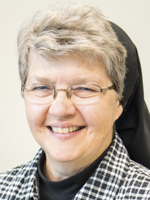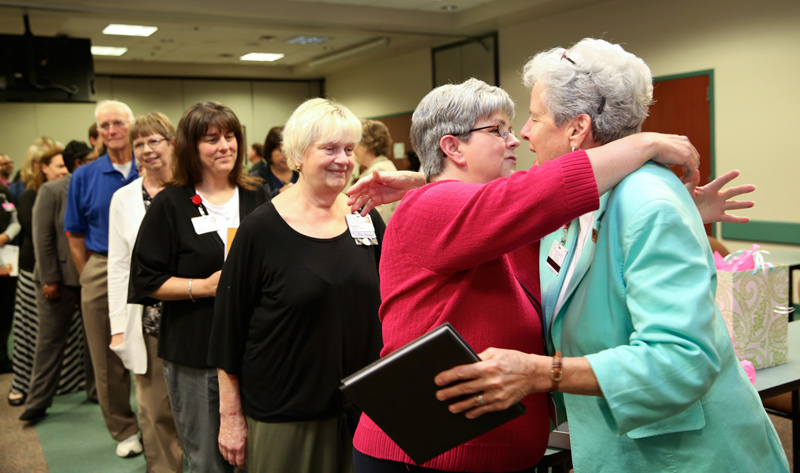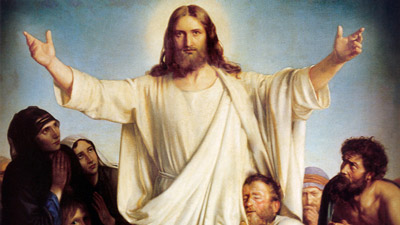
A recent column by George Will made public some startling figures about loneliness. According to the medical research that Will cites, “persistent loneliness” contributes to premature death at a statistically higher rate than smoking, obesity, alcoholism, and Alzheimer’s. The prevalence of on-line friending has negligible impact on relieving loneliness, it seems. We can be connected to whole virtual worlds and remain painfully isolated.
The studies that prompted Will’s column bolster something religious people have known all along. Bonding and communicating with real live people is essential to our flourishing. We are designed by God to be socially involved. “Communio” is a word often used to describe what Church is and ought to be. It sums up the relationality of the Trinity and membership in the Body of Christ. We are called to community.
But how to achieve that on a practical level in a hyper-stimulated world is another question.
Two examples of how to be alone and not lonely offer some helpful lessons. My mother was married to my father just a little over 15 years when he died. She was 44 years old. She spent the remaining 49 years of her life as a widow. All of us, her four children, ended up living at quite a distance from her for many of those years. Mom was highly introverted and used to joke that she might have made a good hermit.
I don’t believe, however, that she was lonely. Her daily round, after she retired from being a parish secretary, continued to include Sunday and weekday Mass, parish devotions and missions, choir, and Council of Catholic Women. She adopted three women in local nursing homes to visit regularly and take gifts for holidays and holy days. Mom read voraciously, did New York Times crossword puzzles, took trips to visit family members, and enjoyed local sight-seeing and museum-going. Hers was a simple life that included lifelong interest in politics, music, art, literature, and the life of the Church.
Another example is the sister who, to date, has lived the longest of any in our religious community: Sister Salome, who died at 102. She had been a teacher, principal, music supervisor, school supervisor, and member of congregational leadership when, at age 65, she agreed to take on a “temporary” position as director of maintenance at our motherhouse. When she was well past 90, she was still at it — driving a silver pickup truck, checking the grounds and wielding a rake, directing the workers in painting and plumbing, and praying with the maintenance staff daily. When her arthritis got too disabling, she finally retired to full-time prayer but was a voice of positive encouragement as we took on new apostolates and new members.
These two examples are repeated many times over in parishes around the state. The people with the fullest, healthiest, and least lonely lives are our vibrant ministry leaders and volunteers. They are alive with life, attuned to the reality of God, and alert to the needs of human beings. They have the secret of faith: inter-personality. That’s what happens when we look out and up.
Sister Pamela Smith, SSCM, is the Secretary for Education and Faith Formation at the Diocese of Charleston. Email her at psmith@catholic-doc.org.




